Austriaco!?
Moderador: Rein
- Rein
- Usuario Colaborador

- Mensajes: 6258
- Registrado: 13 Mar 2009 15:59
- Ubicación: Leiden, Netherlands
- Contactar:
Austriaco!?
Collectors of the 1923 José de San Martin stamps will have other associations with the term "Austriaco" as the name of a type of paper than the collectors of the 1935 PyR I series!
Is this correct???
to be continued ....
Is this correct???
to be continued ....
- labanderanocturna
- Usuario Colaborador

- Mensajes: 2164
- Registrado: 24 Mar 2008 07:28
- Colecciono: Basket, Rev. de Mayo, S. Oficial, Enteros de PyR, Finlandia.
- Canje de Sellos: Si
- Ubicación: Canning
- Rein
- Usuario Colaborador

- Mensajes: 6258
- Registrado: 13 Mar 2009 15:59
- Ubicación: Leiden, Netherlands
- Contactar:
Re: Austriaco!?
How do you know?labanderanocturna escribió:Yes...This is the same role
By
I have the impression - partly supported by what I have seen listed by Carlos Gomez - that the first Austriaco had to do with the 1925 watermark that got the gum broken - gofrado - and the second Austriaco had been used in 1928. That second Austriaco always had the "RA" as seen from the back of the stamp! All 1928 airmail values were on that type of paper for their first printing! The paper had been gummed on the felt side by the manufacturer which was not quite what the Casa de Moneda wanted. The 5x10 sheets of the Airmails were printed on Austrian paper of two different orientations of the watermark depending on whether the value was a multiple of 18c or of 5c!
The 1937 [-1939] paper - as used for the PyR I - had the wire side gummed as it should by the manufacturer - Curt Berger according to Pettigiani - so this could not have been exactly the same order as that of 1928!
The watermark - design wise - is the same! Measure the horizontal and vertical distances between alternate suns - 32mm horizontally and 32mm vertically!
The 1925 Austrian paper - as far as I can measure it within the surface of just one stamp - does NOT comply to the above measurements!
to be continued ...
- Rein
- Usuario Colaborador

- Mensajes: 6258
- Registrado: 13 Mar 2009 15:59
- Ubicación: Leiden, Netherlands
- Contactar:
Re: Austriaco!?
The 1924 José de San Martin "without dot" had the first 32/32 Austrian paper in 1928 [or 1927?]!
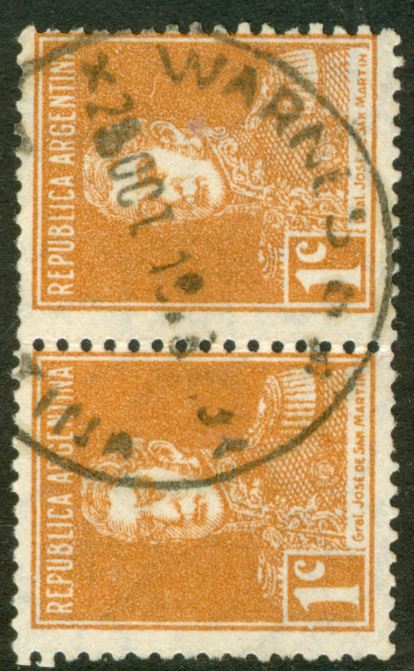
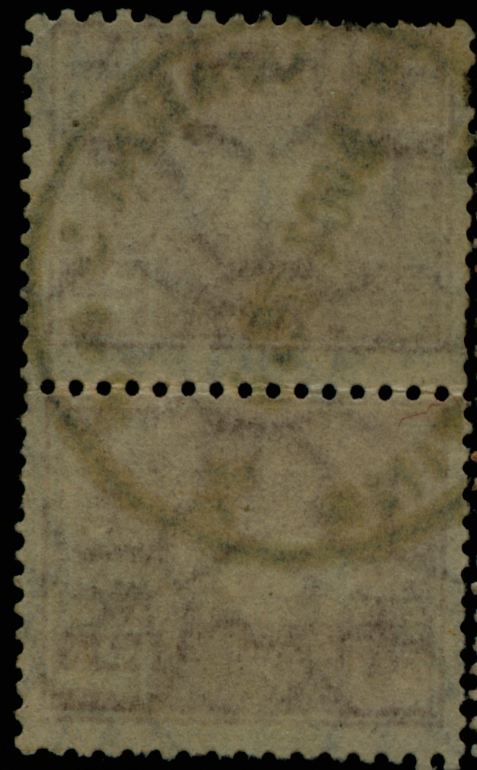
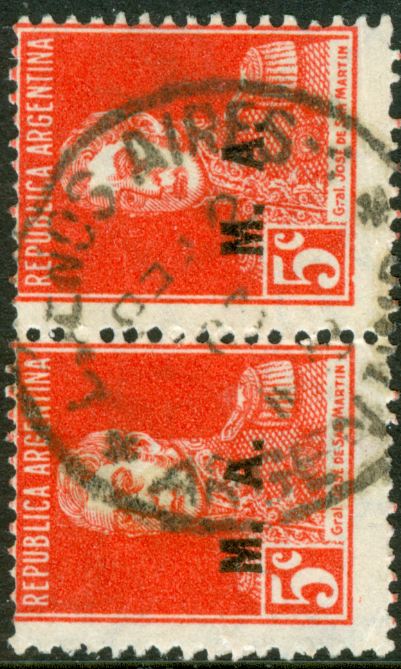
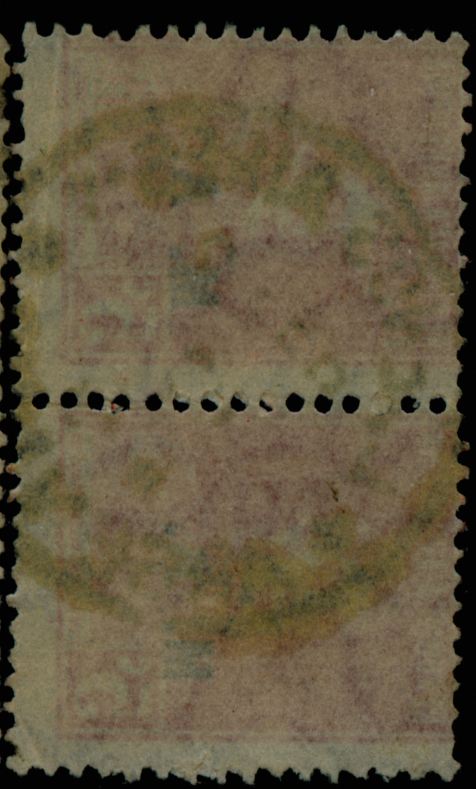
to be continued ...




to be continued ...
- Rein
- Usuario Colaborador

- Mensajes: 6258
- Registrado: 13 Mar 2009 15:59
- Ubicación: Leiden, Netherlands
- Contactar:
Re: Austriaco!?
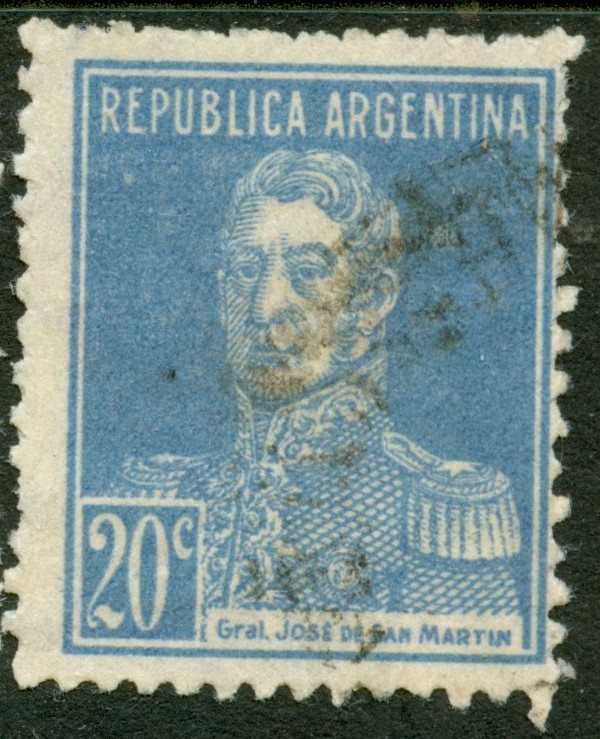
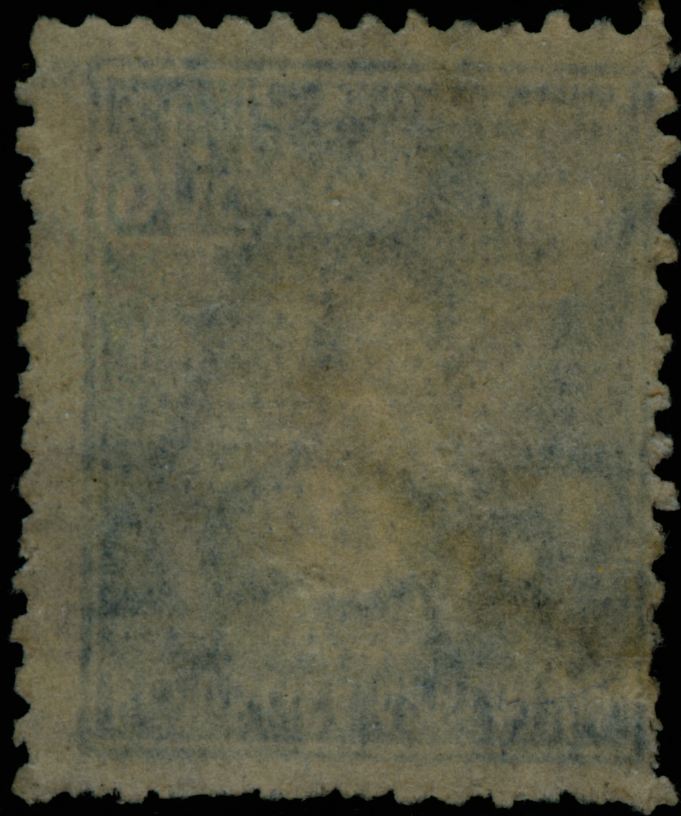
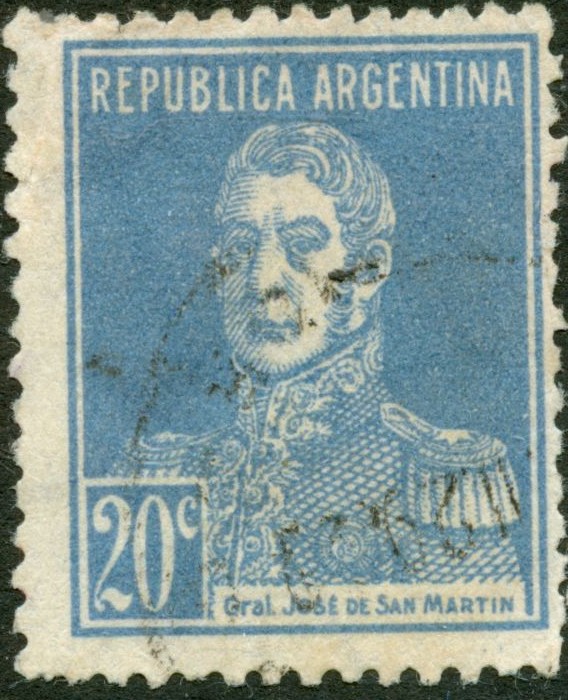
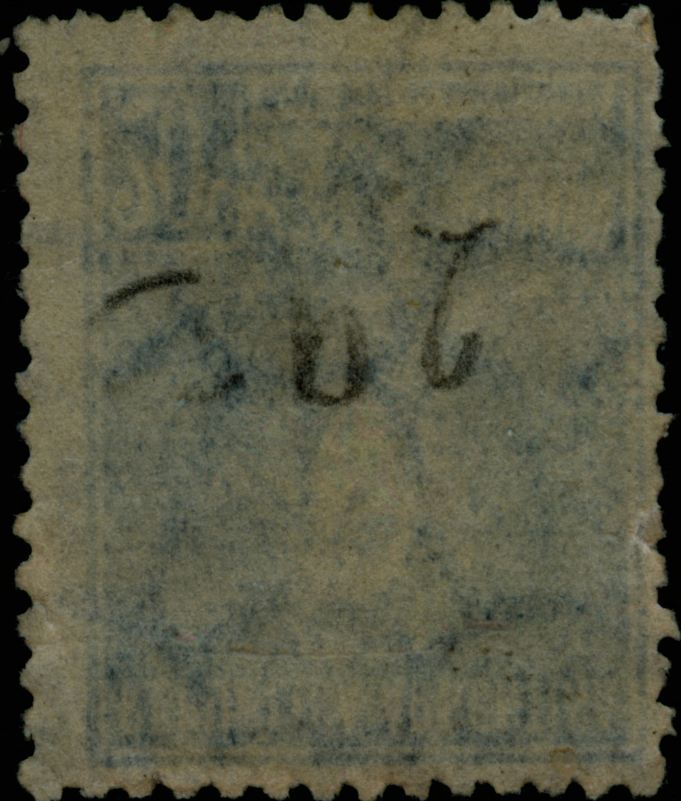
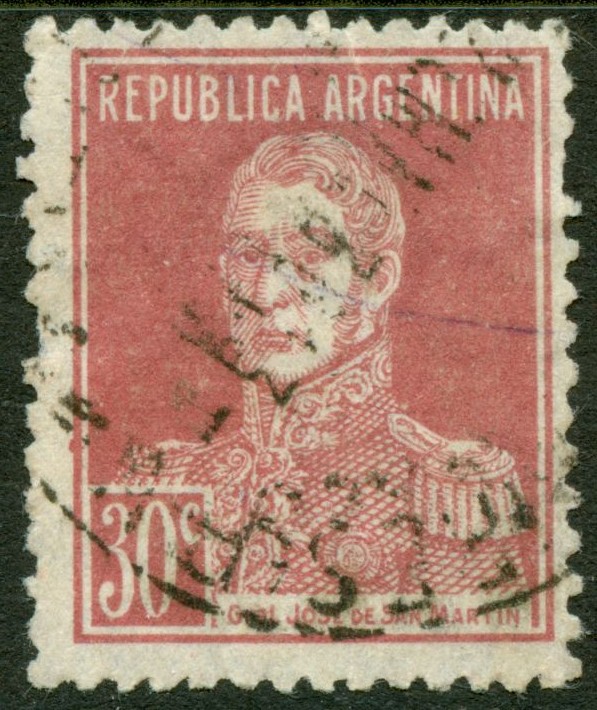
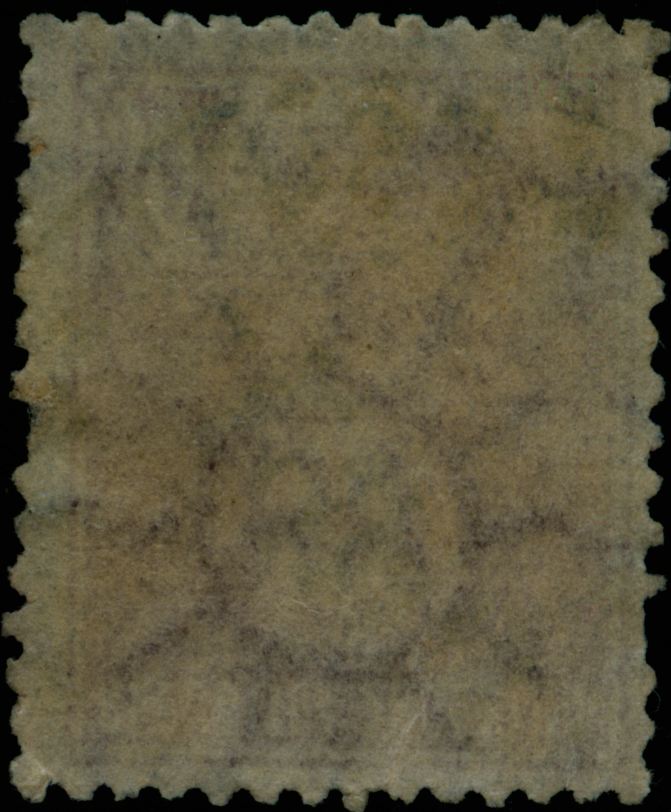
to be continued ...
- Rein
- Usuario Colaborador

- Mensajes: 6258
- Registrado: 13 Mar 2009 15:59
- Ubicación: Leiden, Netherlands
- Contactar:
Re: Austriaco!?
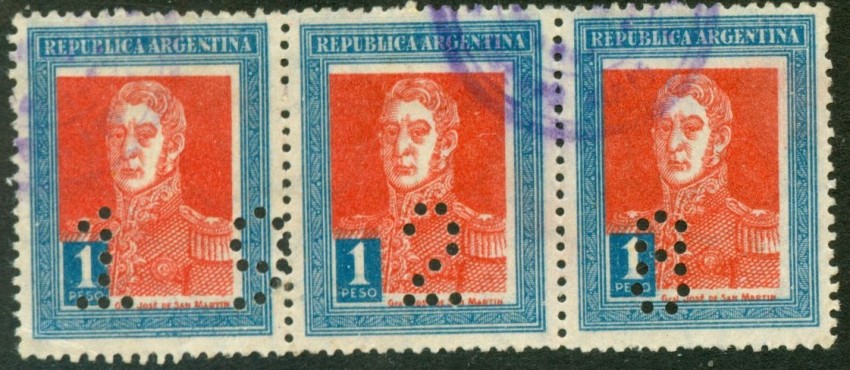
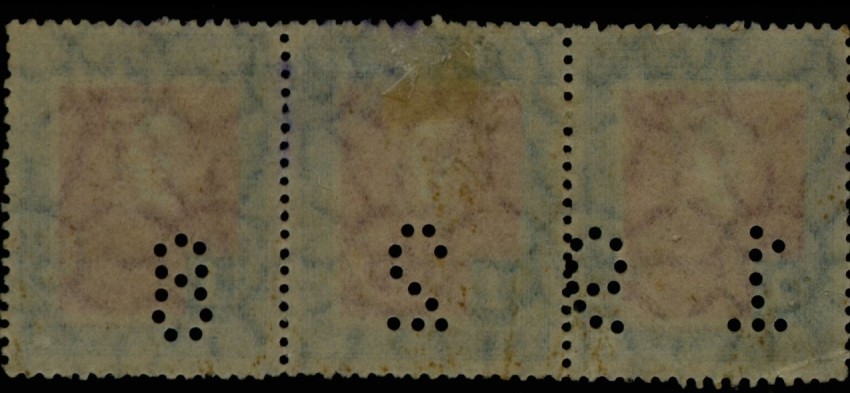
to be continued ...
- Rein
- Usuario Colaborador

- Mensajes: 6258
- Registrado: 13 Mar 2009 15:59
- Ubicación: Leiden, Netherlands
- Contactar:
Re: Austriaco!?
We are eagerly waiting the results of an amalgamation of the listing of W. Bose and G. Hickethier as to the 1923-1935 José de San Martin definitives.
No doubt in the period that these stamps were current issues, the philatelists had had a good opportunity to describe what they saw in their daily life. In these days the possibilities of illustrating your findings were not that advanced as it is now!
So we have to "translate" several terms that were obvious to the observants of yesteryear...
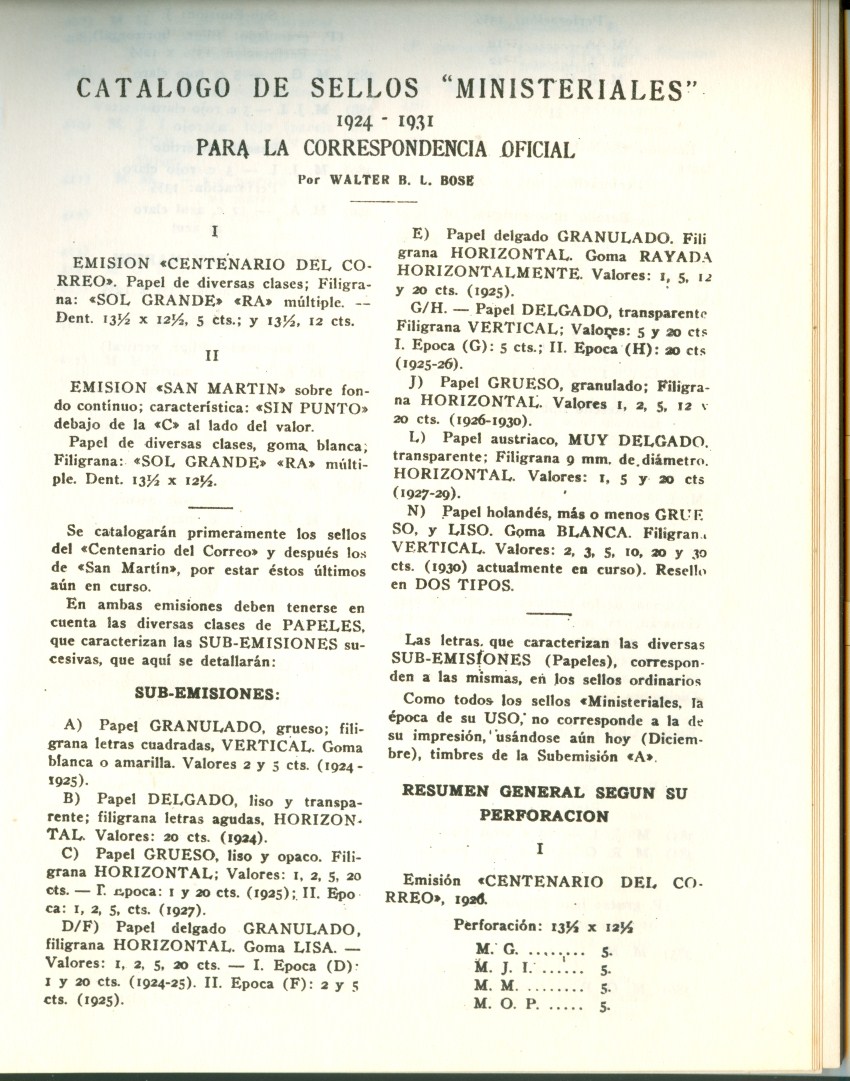
to be continued ....
No doubt in the period that these stamps were current issues, the philatelists had had a good opportunity to describe what they saw in their daily life. In these days the possibilities of illustrating your findings were not that advanced as it is now!
So we have to "translate" several terms that were obvious to the observants of yesteryear...

to be continued ....
- Rein
- Usuario Colaborador

- Mensajes: 6258
- Registrado: 13 Mar 2009 15:59
- Ubicación: Leiden, Netherlands
- Contactar:
Re: Austriaco!?
The terms like horizontal and vertical might have been the same as what nowadays some authors are used to. A horizontal watermark refers to one in which the line of AЯ runs parallel to the direction of paper [eje de enrollamiento] and vertical where that line runs perpendicular to the direction of paper.
I prefer to avoid these term horizontal and vertical so I can use in relation to the design of the stamp it self.
Some collectors roll over the floor laughing when I am using the terms "parallel watermark" and "orthogonal watermark" !
I could have used the term perpendicular hadn't been for the fact that the two words both beginning with a "P" might be confusing.
to be continued ...
I prefer to avoid these term horizontal and vertical so I can use in relation to the design of the stamp it self.
Some collectors roll over the floor laughing when I am using the terms "parallel watermark" and "orthogonal watermark" !
I could have used the term perpendicular hadn't been for the fact that the two words both beginning with a "P" might be confusing.
to be continued ...
- Rein
- Usuario Colaborador

- Mensajes: 6258
- Registrado: 13 Mar 2009 15:59
- Ubicación: Leiden, Netherlands
- Contactar:
Re: Austriaco!?
Walter Bose distinguished several types of paper with watermark Suns AЯ in the period 1921-1931.
In some of them the papers got described as delgado [thin], grueso [thick] with occasionally added a liso [smooth] or transparente [transparent] without us really knowing what he meant and how different it was from other types of paper... Does thick mean 100 micron or is 70 micron thick in comparison to 60? Does transparent mean we can see some parts of the design from the back of the stamp or do we see all details???
Descriptions of the gum do not help us when we have used stamps predominantly! And what is supposed to mean "goma lisa" other than the "Mona Lisa"
to be continued ....
In some of them the papers got described as delgado [thin], grueso [thick] with occasionally added a liso [smooth] or transparente [transparent] without us really knowing what he meant and how different it was from other types of paper... Does thick mean 100 micron or is 70 micron thick in comparison to 60? Does transparent mean we can see some parts of the design from the back of the stamp or do we see all details???
Descriptions of the gum do not help us when we have used stamps predominantly! And what is supposed to mean "goma lisa" other than the "Mona Lisa"
to be continued ....
- Rein
- Usuario Colaborador

- Mensajes: 6258
- Registrado: 13 Mar 2009 15:59
- Ubicación: Leiden, Netherlands
- Contactar:
Re: Austriaco!?
What are "letras cuadradas " and "letras agudas"? Square or sharp, pointed??? A description only used for 2 types of paper! How are the letters in the other types????
Without a proper picture we can imagine what we want, but this will only lead to misunderstandings....
Only ONE type of paper has got the diameter mentioned! What do we know about the other types!!!!
What we might forget is that the watermarks had been hand made and that we are bound to find a great variation within a dandy-roll both as to the diameters of the suns and the shapes of the letters and the inter-solar distances ....
to be continued ...
Without a proper picture we can imagine what we want, but this will only lead to misunderstandings....
Only ONE type of paper has got the diameter mentioned! What do we know about the other types!!!!
What we might forget is that the watermarks had been hand made and that we are bound to find a great variation within a dandy-roll both as to the diameters of the suns and the shapes of the letters and the inter-solar distances ....
to be continued ...
- Rein
- Usuario Colaborador

- Mensajes: 6258
- Registrado: 13 Mar 2009 15:59
- Ubicación: Leiden, Netherlands
- Contactar:
Re: Austriaco!?
Back to the terms 'horizontal" and "vertical"in relation to the watermarks!
The 1928 Austriaco was described by Walter Bose as "horizontal".
This is certainly NOT how modern authors would have described it! The 1928 Austriaco is an orthogonal watermark with a symmetrical paper wire and we could have expected a description like "granulado vertical" ....
The 1930 Papel Holandés is indeed orthogonal hence the description of vertical fits!
The 1925 Goma Rayada horizontalmente is supposed to have a "horizontal" watermark. NO, it is orthogonal just as the corresponding paper without the broken gum [gofrado] [Bose's types D/F].
We may rightly wonder what to think of this assigning horizontal or vertical????
Type J is described as horizontal and is indeed the parallel watermark we know as coming from the UK! Wiggins Teape papers since 1926. When it goes to see clearly visible rhombos [granulado] this type of paper is the ONLY one that displays it so well... But Bose uses the term "granulado" for other types too !?!?
to be continued ...
The 1928 Austriaco was described by Walter Bose as "horizontal".
This is certainly NOT how modern authors would have described it! The 1928 Austriaco is an orthogonal watermark with a symmetrical paper wire and we could have expected a description like "granulado vertical" ....
The 1930 Papel Holandés is indeed orthogonal hence the description of vertical fits!
The 1925 Goma Rayada horizontalmente is supposed to have a "horizontal" watermark. NO, it is orthogonal just as the corresponding paper without the broken gum [gofrado] [Bose's types D/F].
We may rightly wonder what to think of this assigning horizontal or vertical????
Type J is described as horizontal and is indeed the parallel watermark we know as coming from the UK! Wiggins Teape papers since 1926. When it goes to see clearly visible rhombos [granulado] this type of paper is the ONLY one that displays it so well... But Bose uses the term "granulado" for other types too !?!?
to be continued ...
- Rein
- Usuario Colaborador

- Mensajes: 6258
- Registrado: 13 Mar 2009 15:59
- Ubicación: Leiden, Netherlands
- Contactar:
Re: Austriaco!?
Walter Bose's article must have been an advanced piece of work in those days! In 1931 that is, in 2010 we simply have to "translate" it at least. We can consider it a starting point but never take it literally as the basis of our present day knowledge!
to be continued ....
to be continued ....